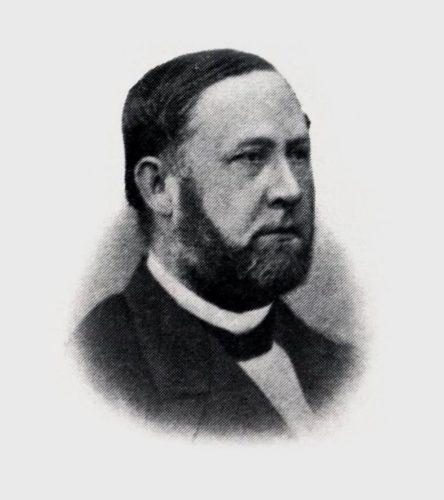Timandus J. Løberg (1819-1882)
Lødberg was a physician both at Lungegård Hospital and Pleiestiftelsen Hospital. From 1858 to 1875, he was Chief Medical Officer for Leprosy and had significant influence on efforts to combat the disease.

Timandus Løberg was born in 1819, passed the medical exam in 1845, and practised as a physician in Bergen from 1845.
From 1849, he was employed as an assistant physician at Lungegård Hospital. As part of this position, he also oversaw the patients at St. Jørgen’s Hospital. In 1849, he published an article in the Norwegian medical journal Norsk Magazin for Lægevidenskaben. In the article, he writes about the residents at St. Jørgen’s, the form of leprosy they had, and the diseases and illnesses they otherwise suffered, including pneumonia, bronchitis, rheumatism, headaches, diarrhoea and epilepsy.
As assistant physician at Lungegård Hospital, he had his residence there, and when the hospital burned down on Christmas eve in 1853, he was barely able to make it out alive.
In 1857, he became the first physician at Pleiestiftelsen Hospital, but he only remained there for a year. Early in 1858, he was appointed Chief Medical Officer for Leprosy in the southern district. Up until 1863, the office was divided into a southern and northern district. In 1863, Løberg also took over the northern district, meaning there was only one Chief Medical Officer for Leprosy for the whole of Norway. He held this position until 1875, when he was appointed director of the National Hospital and the Maternity Foundation in Kristiania, later renamed Oslo.

From ‘Tables of people afflicted with Leprosy in Norway’, 1870, www.ssb.no

From ‘Tables of people afflicted with Leprosy in Norway’ 1873, www.ssb.no



